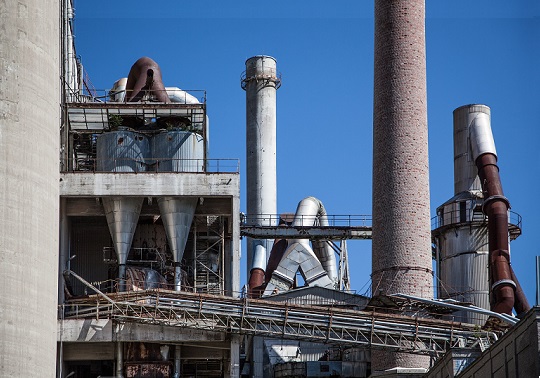
The Group of Water Chemistry and Microbiology of the Institute of Water and Environmental Engineering of the Universitat Politècnica de València (IIAMA-UPV) participates in a study that aims to reduce the contamination of the Membrane Biological Reactors (MBR) systems in the leachate treatment.
The project, which has a title “Comprehensive study of the MBR systems in the leachate treatment to optimise the process and resolve foaming and membranes biofouling problems”, is supported by URBASER. In the project also participate the Research Institute for Environmental, Radio Physics and Industrial Safety (ISIRYM) of the UPV and the Department of Microbiology 3 of the Complutense University of Madrid.
This way and with the objective of determining what happens when the effluent of biological reactors goes through the membranes, two MBR coming from the leachate treatment have been studied. With the objective of determining what happens when the effluent of biological reactors goes through the membranes, two MBR coming from the leachate treatment have been studied.
To do that, it has been carried out a metagenomic analysis of the activated sludge, which has allowed for studying the bacterial community and linking it with the operational, physical and chemical variables in the plants, as Dr José Luis Alonso, main researcher of the project from IIAMA, explains: “It has been researched the population dynamics of the bacterial community in these reactors, how micro-organisms interact between them and which role the extracellular polymeric substances (EPS) and the soluble microbial products (SMP) in the biofouling of membranes.”
In this sense, to understand how such variables are interlinked and to avoid the clogging of the membranes an advanced multivariate study is going to be developed to establish which physical and chemical, biological and operational variables favour biofouling and, thus, establishing the needed actions that limit the clogging of membranes, since “the cleaning of membranes with physical systems or with chlorine treatment drives up the process”, holds the member of the Valencian institute.
> First results
So far, the obtained results determine that the cause of the contamination is the high content in EPS caused by the high concentration of inert solids that go into the affluent during the treatment.
For that reason, now they are developing a methodology that allows for reducing the problem, as the researcher of the UPV explains: “We are determining, together with the Complutense University of Madrid, how quorum quenching bacteria can remove the contamination through the molecule they generate. In fact, now they are carrying out the tests in Valencia in the pilot plant of ISIRYM with the isolated bacteria in the UCM with quorum quenching activity.”
In this sense, Dr José Luis Alonso wanted to emphasise the importance of the project, since “there is only one group of Korean researchers that has carried out a study of these dimensions on the control of the membranes contamination with bacteria with quorum quenching bacteria.”







